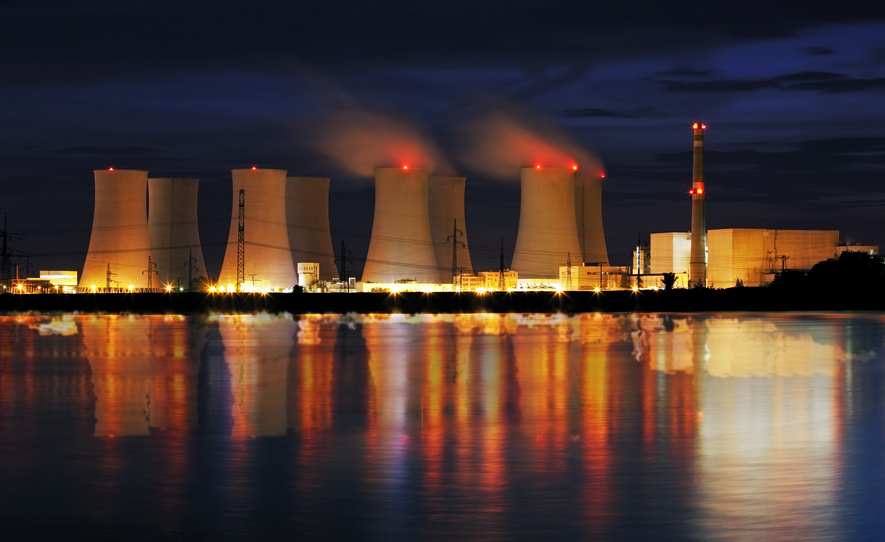
The roots of today’s most advanced wet cooling towers can be traced all the way back to 1918. During that time, the Dutch were the first to used hyperboloid cooling in an effort to make industrial manufacturing safer. Over the past century, natural draft and induced draft cooling towers have been used to reduce heat and increase ventilation within factory settings.
As manufacturing plants have become larger and more sophisticated, there has been a greater need for larger cooling towers. Today, the largest cooling tower can be found at the Kalishindh Thermal Power plant, which is Jhalawar, Rajasthan, India. This monster cooling water tower stands at a staggering height of 202 meters; that is over 660 feet tall!
If you don’t know already, cooling tower systems were developed to remove excess heat from the working fluid via evaporation or just plain old air cooling. The goal of all wet cooling towers is to send as much unwanted heat into the atmosphere as possible. The smoke and steam that we see being expelled from factories via smokestacks is an example of cooling tower expulsion to which we can all relate.
While the technology behind wet cooling towers have improved considerably over the years, the one draw back has always been maintenance. Today’s Delta cooling towers are easier to maintain and far more durable. This can be attributed to the fact that they are fabricated using engineered plastic that is corrosion proof. Furthermore, these state-of-the-art cooling towers are made from one piece of engineered plastic. This means there are few moving parts, which makes maintenance faster, easier, and more efficient.
As technology continues to advance, it is interesting that the most advanced technological improvements are doing more with less. Much of these types of advances are made possible via superior materials and streamlined design that is practical. This is exactly what can be seen in the cutting-edge cooling tower designs of today.
